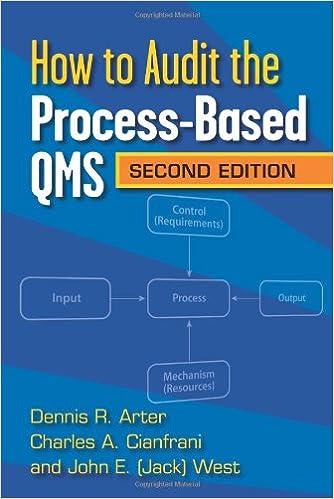| Moana is a single taxpayer who operates a sole proprietorship. She expects her taxable income next year to be $250,000, of which $200,000 is attributed to her sole proprietorship. Moana is contemplating incorporating her sole proprietorship. (Use the tax rate schedule and corporate income tax brackets). |
| a. | Using the single individual tax brackets and the corporate tax brackets, find out how much current tax this strategy could save Moana (ignore any Social Security, Medicare, or self-employment tax issues). |
| b. | How much income should be left in the corporation? 
|

2015 tax rate schedule INSERT1 Schedule X- Single Schedule Z-Head of Household If taxable income 3 over. If taxable income i Butnot over Butnot over The tax is 10% of taxable income $922.50 plus 15% of the excess over $9,225 $5,156.25 plus 25% of the excess over $37,450 $18,481.25 plus 28% of the excess over $90,750 $46,075. 25plus 33% of the excess over $189,300 $119,401.25 plus 35% of the excess over $411,500 $119,996.25 plus 39.6% of the excess over $413,200 The tax is 10% of taxable income $1,315.00 plus 15% of the excess over $13,150 $6,872.50 plus 25% of the excess over $50,200 $26,722.50 plus 28% of the excess over $129,600 $49,192.50 plus 33% of the excess over $209,850 $115,737.00 plus 35% of the excess over $411,500 $125,362.00 plus 39.6% of the excess over $439,000 over SO 9,225 S37,450 90,750 S189.300 $411,500 $413,200 S37,450 $90.750 | S 189.300 | S41 1,500 | $13,150 S50-200 | $129,600 $209.850 | S41 1,500 $439,000 $13,150 S129.600 $209,850 $411,500 S439,000 S41 3.200 Schedule Y-1-Married Fil intly of Qualifying Widower) Schedule Y-2- Married Filing Separatel If taxable income 3 over. If taxable income is But not over But not over The tax is 10% of taxable income $1,845.00 plus 15% of the excess over $18,450 $10,312.50 plus 25% of the excess over $74,900 $29,387.50 plus 28% of the excess over $151,200 $51,577.50plus 33% of the excess over $230,450 $111,324.00 plus 35% of the excess over $411,500 $129,996.50 plus 39.6% of the excess over $464,850 The tax is 10% of taxable income $922.50 plus 15% of the excess over $9,225 $5,156.25 plus 25% of the excess over $37,450 $14,693.75 plus 28% of the excess over $75,600 S25,788.75plus 33% of the excess over $115,225 $55,662.00 plus 35% of the excess over $205,750 $64,998.25 plus 39.6% of the excess over $232,425 over S0 S18,450 $74,900 151,200 S18,450 $74.900 | 9.225 S37,450 S 75.600 | S0 S37,450 575,600 $115,225 $205.750 S232,425 $151 $115 $230,450 | S41 1,500 $464.850 S205.750 | $232,425 | $411,500 5464,850








